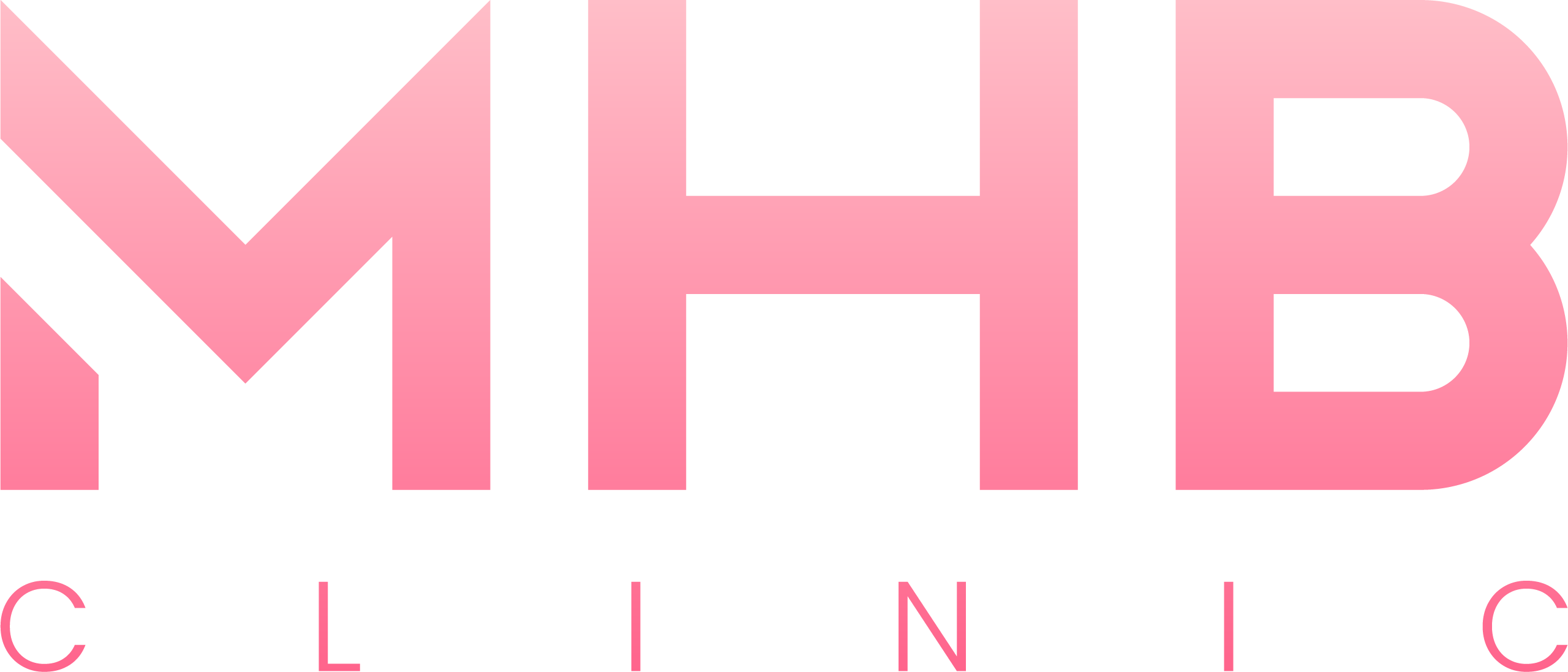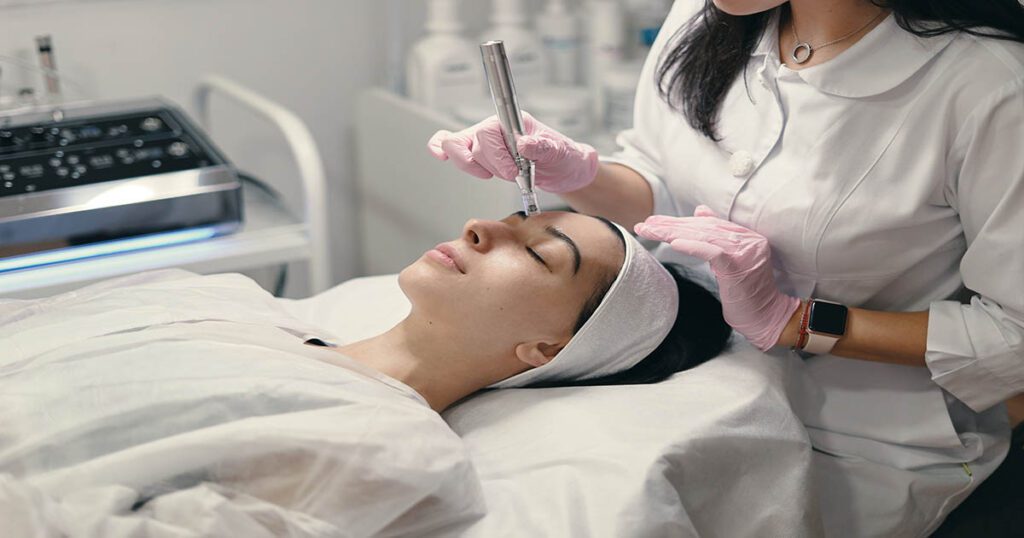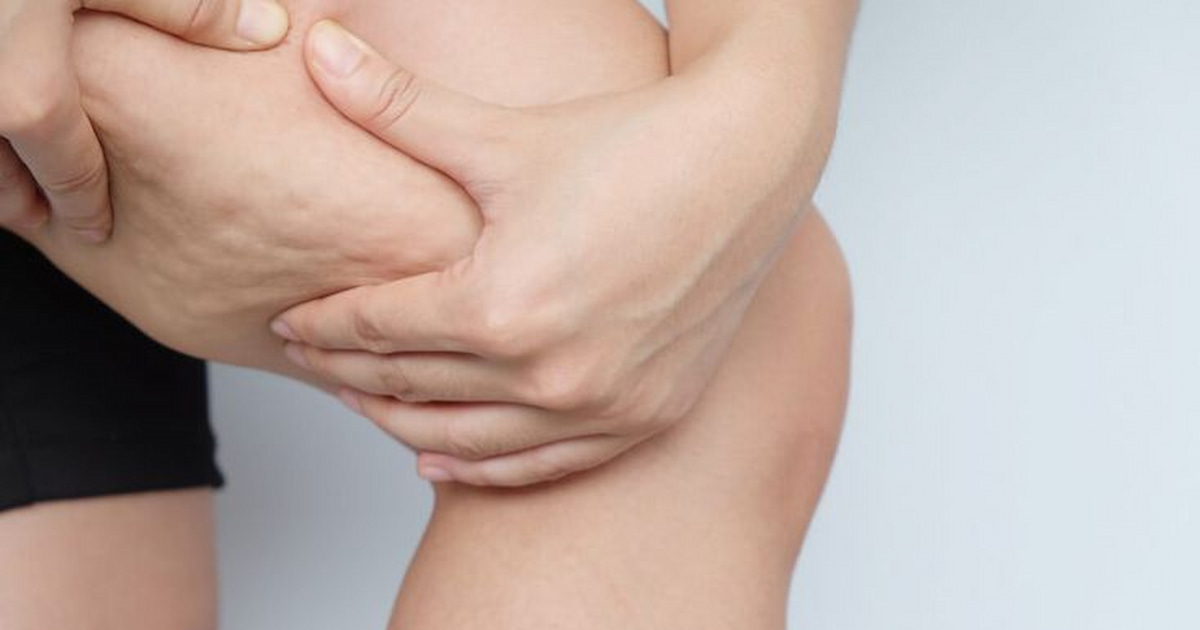Microneedling is a minimally invasive but effective procedure that has many benefits, including skin rejuvenation, hair growth, and the reduction of scars and dark spots. This treatment is considered safe and has a simple procedure involving using a tool with tiny needles, which makes small punctures on your skin to initiate the natural healing process of the skin, which can lead to incredible results. You can get all the information you need about the process of this treatment in this comprehensive step-by-step guide about the microneedling procedure.
What Is Microneedling?
Microneedling is a procedure in which your hair and skin specialist pricks your skin with thin, sterilized needles. These sterilized needles make tiny holes in your skin to activate your skin’s healing process, which will lead to the production of collagen and elastin. Microneedling can be very effective for many hair and skin conditions by skin rejuvenation, reducing wrinkles, boosting hair growth, and many other benefits. This procedure is considered safe and minimally invasive. Still, it is important to get microneedling treatment by a highly skilled specialist in order to gain the best results and minimize the risks and side effects.
Microneedling Pre-Treatment Consultation
You will have a consultation with a hair and skin specialist before the microneedling procedure. The first step is to check your skin condition to make sure this is the right treatment for you. After that, you should tell the specialist about your needs and expectations. Also, your health history is very important, so the healthcare provider should know your medical history and all the medications you are using. Eventually, after all these examinations and considerations, the hair and skin specialist will tell you if the microneedling treatment is the best option for you.
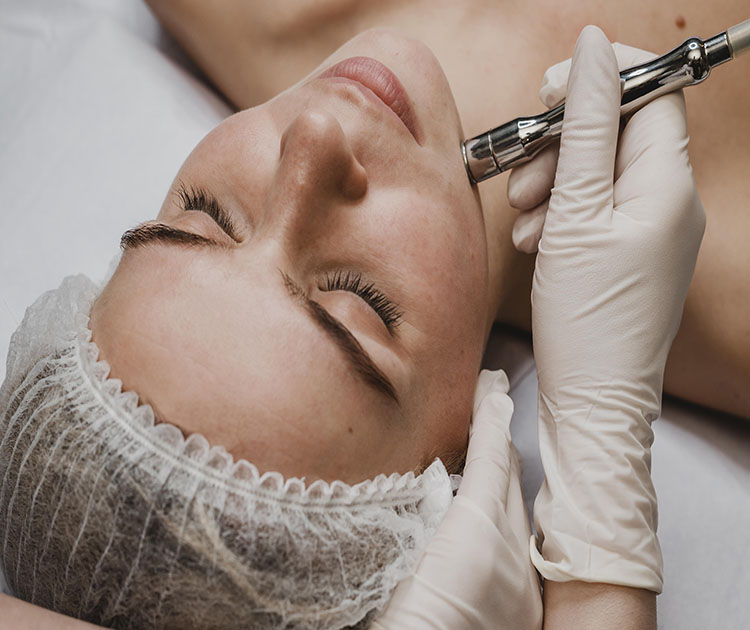
Things To Avoid Before Microneedling
There are certain things you should avoid before the microneedling process to have a safe and risk-free experience. Here is a list of them:
6 Months Before Microneedling
You should avoid Accutane, which is also known as Isotretinoin, at least 6 months before your microneedling procedure. This acne treatment medication can increase the risks and side effects of microneedling by damaging your skin’s defense barrier.
Two Weeks Before Microneedling
- Direct sunlight
- Laser operations
One Week Before Microneedling
- Skin exfoliation
- Using salicylic acid or retinoid or products with similar effects that make your skin sensitive
- Hydroquinone-containing products
- Acidic skincare products
- Tretinoin (Retin A products)
- Topical vitamin C
- Certain medications like aspirin that can thin your blood
- Anti-inflammatory medications that interfere with your natural healing process
One Day Before Microneedling
- Alcohol consumption
- Waxing
- Using depilatory creams or bleaching agents
- Shaving
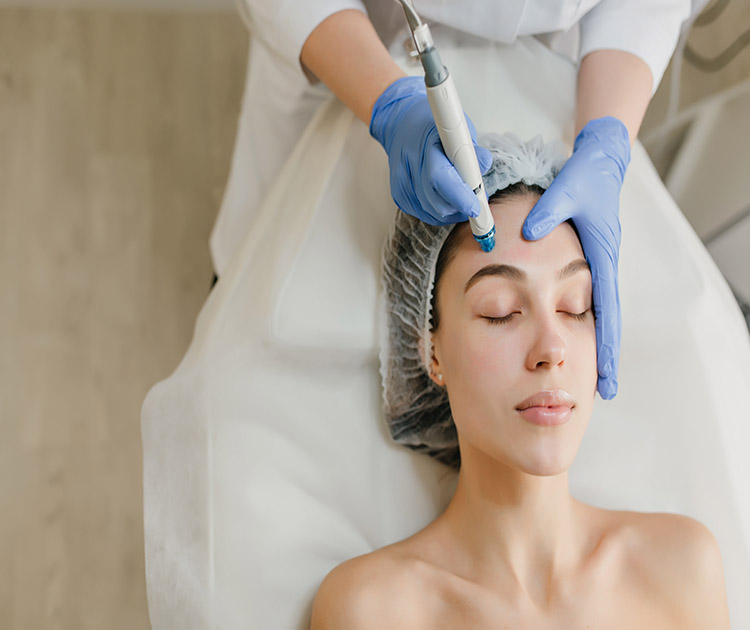
What to Expect During the Microneedling Procedure
When you go in for a microneedling procedure, it’s good to know what to expect during this rejuvenation treatment process, especially if it’s your first time. Here’s detailed information about what you can expect during the microneedling treatment:
1. Preparation
- Cleansing: On the day of your microneedling appointment, the process starts with the specialist cleansing your face to remove any makeup, oils, or impurities. This step is crucial for preventing any infections and ensuring that the treatment is the most effective and safe.
- Numbing: After cleansing your skin, the specialist will apply a numbing cream to the treatment area. This cream usually takes about 20-30 minutes to numb your skin, helping to eliminate discomfort and pain during the microneedling procedure, making it more comfortable for you.
2. The Microneedling Process
- Starting the Procedure: Once your skin is numb, the microneedling procedure begins. The specialist uses a tool containing very tiny needles, which can either be a derma roller or a more advanced pen-like tool.
- Application: They will gently roll or press this device all over your skin on the treatment area, creating tiny, controlled punctures on the surface of the skin. These micro-injuries might feel like tiny pinpricks. While it might sound scary, you won’t experience unbearable pain or discomfort.
- Duration: The entire microneedling process on your face typically takes around 15 minutes to a few hours, depending on the size of the area being treated. During the treatment, you might feel some pressure and a bit of mild discomfort, but it shouldn’t be painful. If at any point you feel too uncomfortable, let your specialist know so they can adjust the intensity or give you breaks as needed.
3. Post-Treatment
- Immediate Aftermath: Once the microneedling is complete, your skin may become a little red, and it might feel warm or slightly swollen due to mild inflammation. This is a normal reaction and usually will go away within a few hours to a couple of days.
- Aftercare: Your specialist might prescribe you a soothing serum or a hydrating mask to help calm your skin and promote the healing process for the best results.
Overall, the microneedling process is relatively quick and minimally invasive, allowing you to return to your normal activities right after the treatment. By understanding what to expect during each step of the microneedling process, you can feel more relaxed about your treatment and have the best experience.
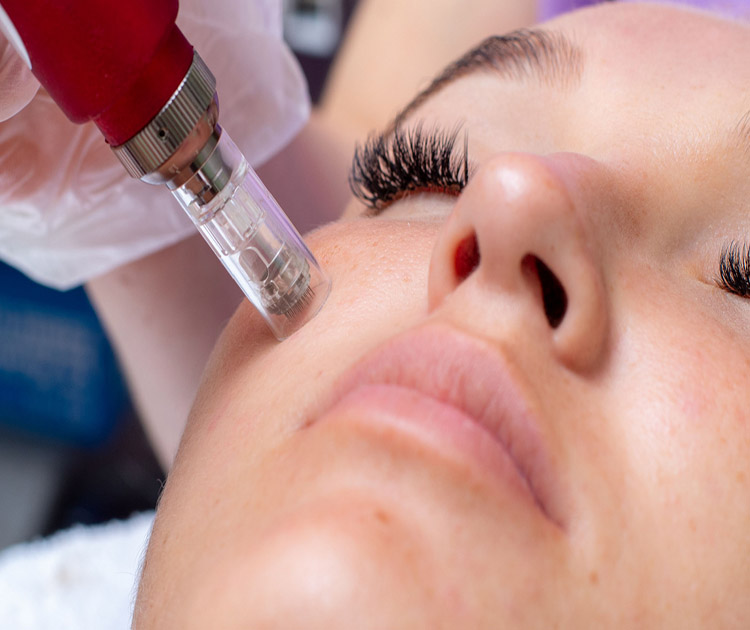
Microneedling Recovery and Aftercare
The recovery process and aftercare are very important because they can lead to the best results without any risks and side effects. Right after your microneedling treatment, you may feel a mild sensation, along with redness and swelling. This is a completely natural reaction, and its effects will go away after a few hours or a few days. You can use soothing creams in the treatment area to accelerate this healing process. Here is a list of what you should do after the microneedling procedure:
Protect your skin by avoiding direct sun exposure, and always use sunscreen when you go outside.
Do not pick at your skin to avoid scarring or infection.
Avoid intense workouts, saunas, and hot showers for a few days to prevent discomfort and irritation.
If you take care of your skin properly after the microneedling procedure, you can expect to see incredible results after a few weeks.
Conclusion
In conclusion, microneedling treatment is a typically safe and minimally invasive procedure that doesn’t take much of your time. First, you should have an initial appointment with your hair and skin specialist to check your skin condition and overall health and see if microneedling is the best treatment option for you. After that, the microneedling procedure can begin if you are eligible for this treatment. The procedure involves using a tool with very tiny needles on your skin in order to make small holes to start the natural healing process. Initiating the natural healing process leads to the production of collagen and elastin, which are essential for skin rejuvenation. With proper aftercare, which involves protecting your skin and avoiding intense workouts, you can see the results after a few weeks to a few months.
Frequently Asked Questions About Microneedling Process
1. What happens during a microneedling appointment?
The microneedling appointment usually starts with the hair and skin specialist cleaning your face to get rid of any dirt or makeup. Then, they might put on a numbing cream so you don’t feel any pain and discomfort. After that, your skincare provider uses a device with tiny needles, then gently moves it over your skin and makes small punctures. This can feel like little pinpricks. These tiny injuries help your skin start its natural healing process, which can boost collagen and elastin production. Afterward, your skin may become a bit red and sensitive and look like a mild sunburn. You don’t need to worry about this redness because this generally calms down from a few hours to a few days.
2. How long does a microneedling session typically last?
The microneedling procedure won’t take much time. It can take from 15 minutes to a few hours, depending on the size of the area you want to use microneedling on.
3. Is it possible to get microneedling while using Accutane for acne treatment?
If you are using medications like Accutane (Isotretinoin), you should wait at least 6 months after you stop using it. You cannot have microneedling and Accutane treatment at the same time, as it can damage your skin and lead to complications.
